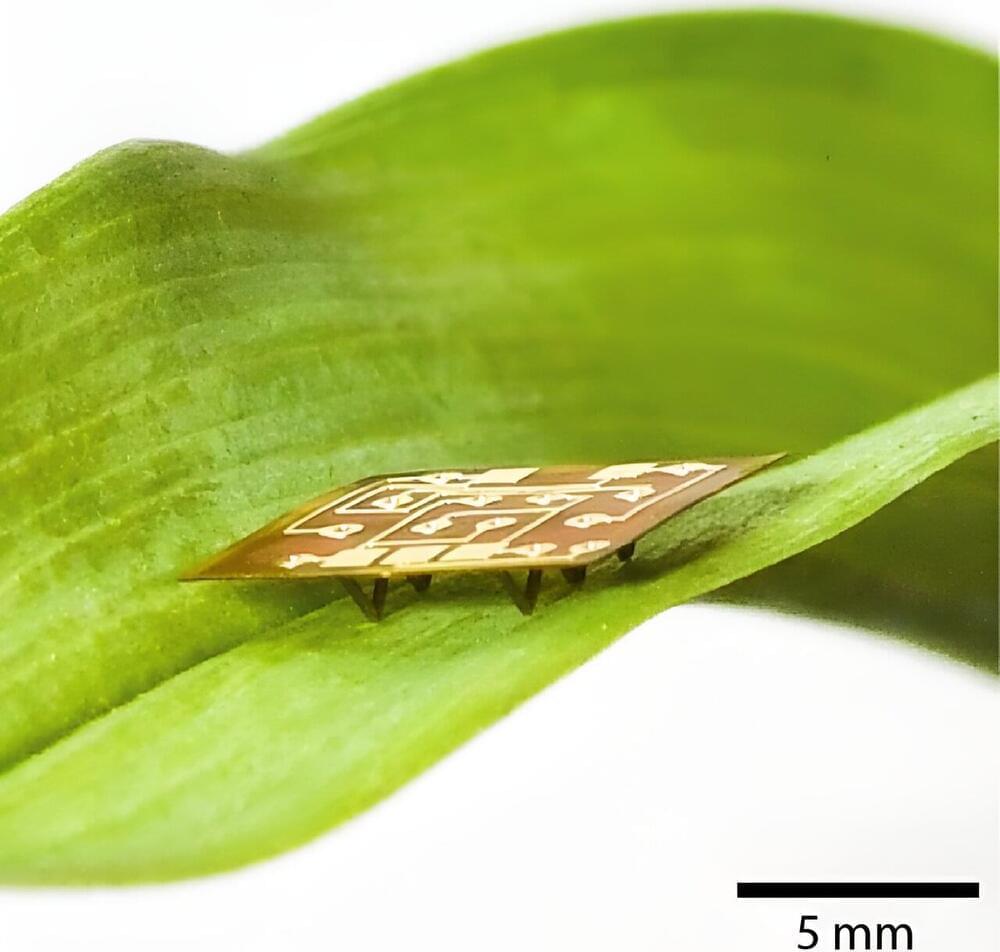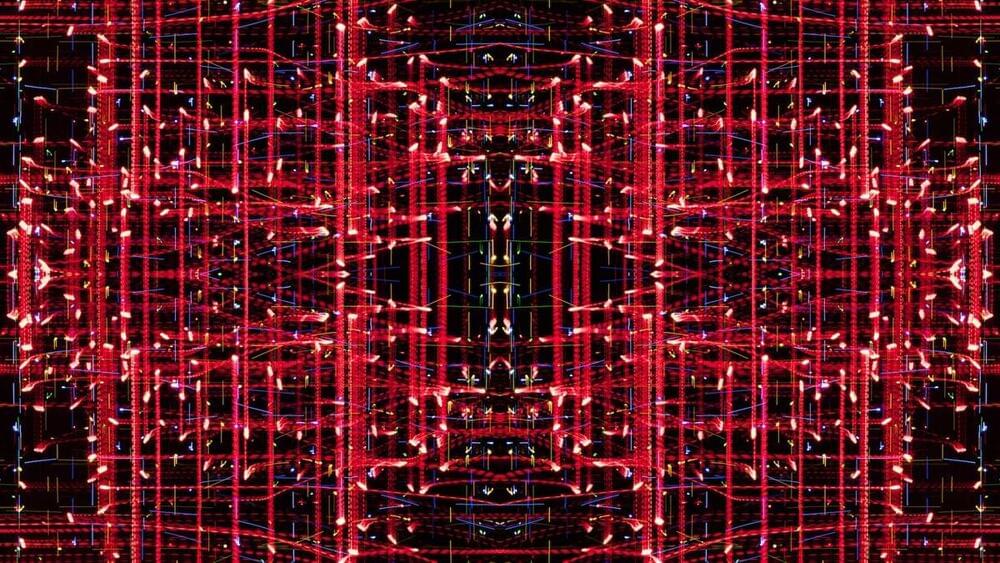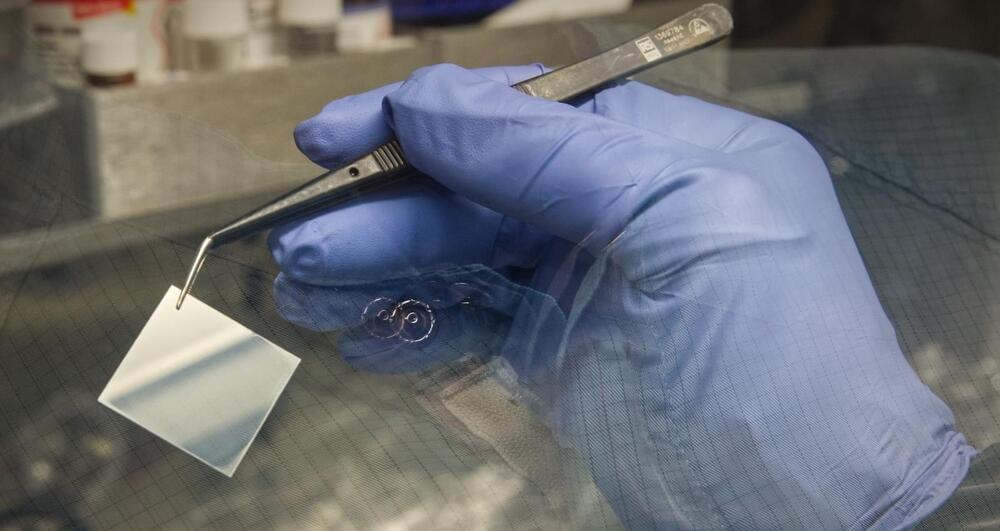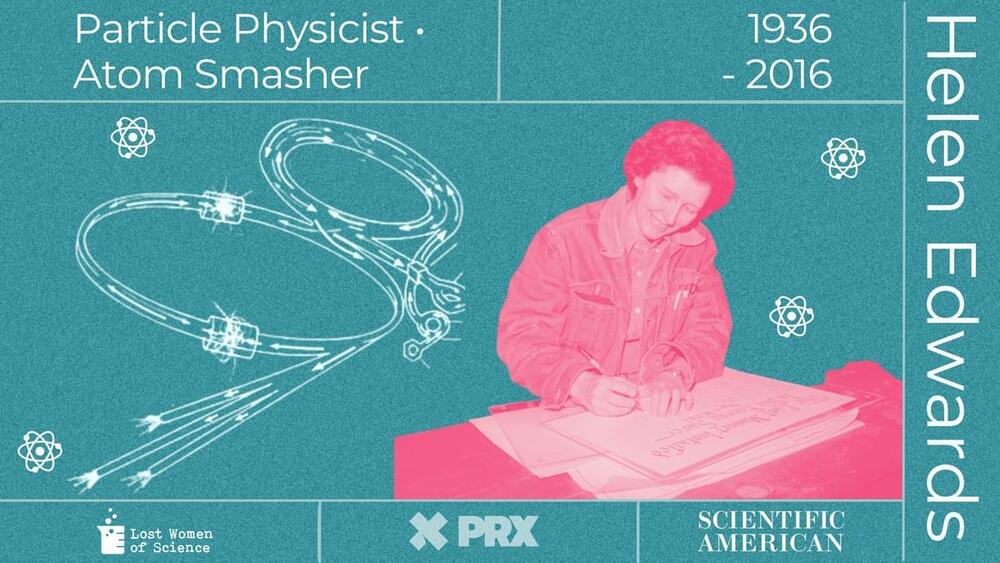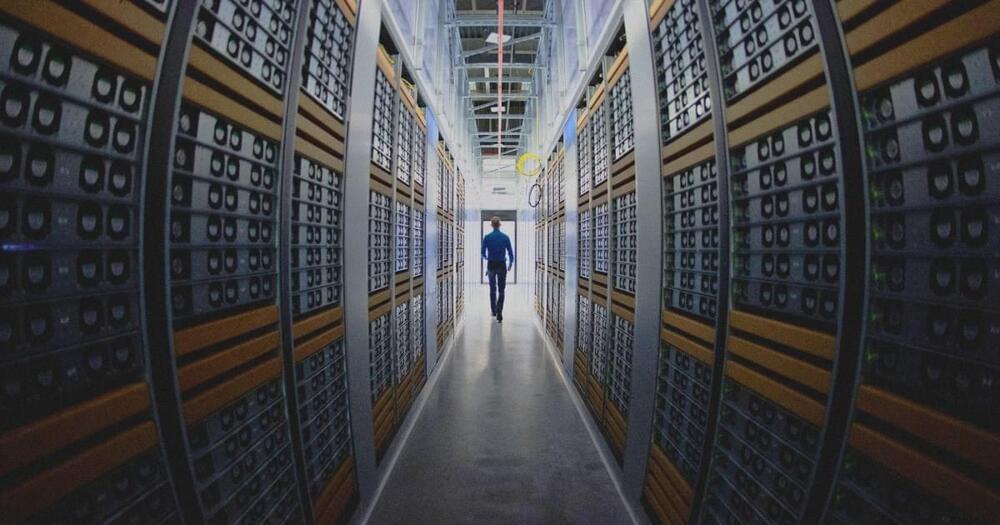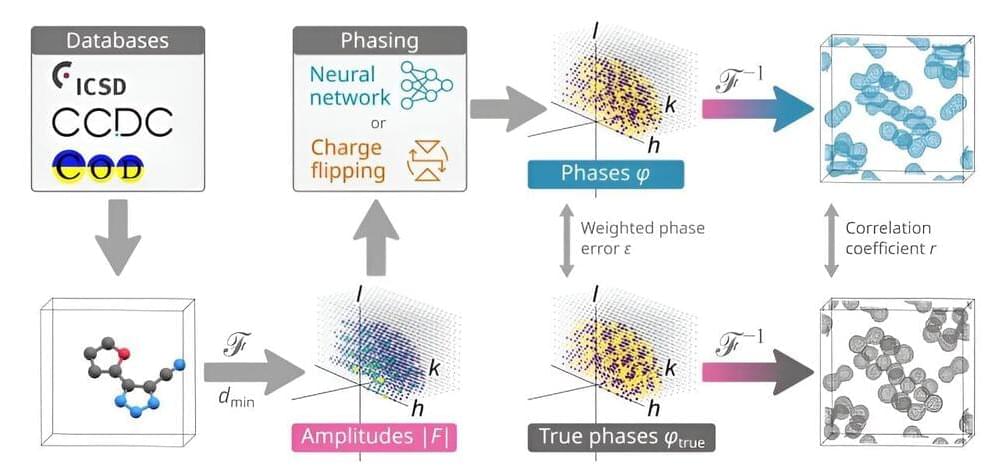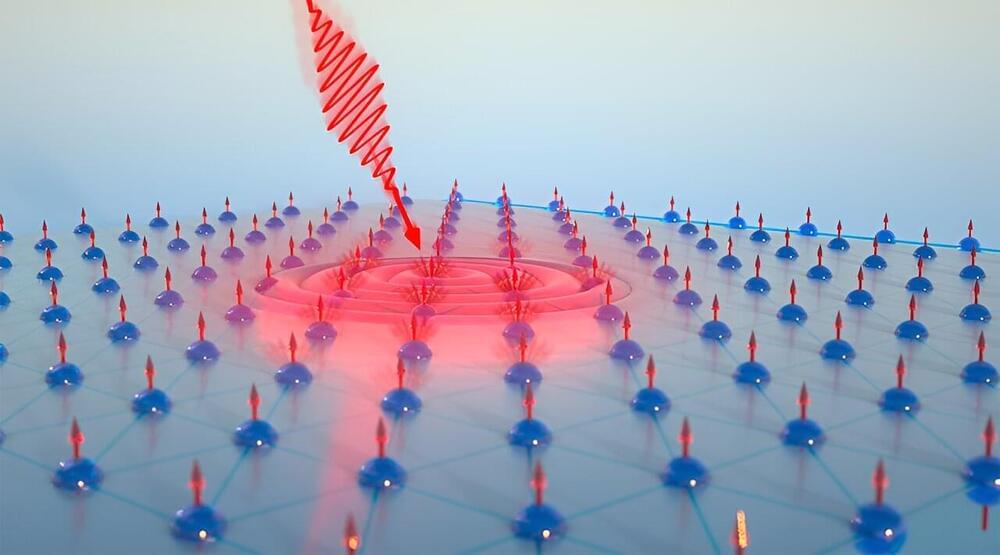A team of engineers at Google’s DeepMind Project has demonstrated a robot capable of playing amateur-level table tennis (ping-pong). The team has published a paper on the arXiv preprint server describing how they developed the robot, how well it performed at different ability levels and how human players responded to playing with the robot.
Over the past several years, robot scientists have been combining advancements in robot design with artificial intelligence, resulting in the development of robots with ever increasing abilities. In this new effort, the research team has developed an AI-based ping-pong player with the highest performance level ever for a robot.
To build their robot system, the researchers started with a robot arm called the ABB IRB 1100—the robot is currently used in real-world industrial applications. In addition to its ability to manipulate its arm and hand very quickly, it can also quickly slide side-to-side on a rail. These features made it an ideal ping-pong-playing candidate.

